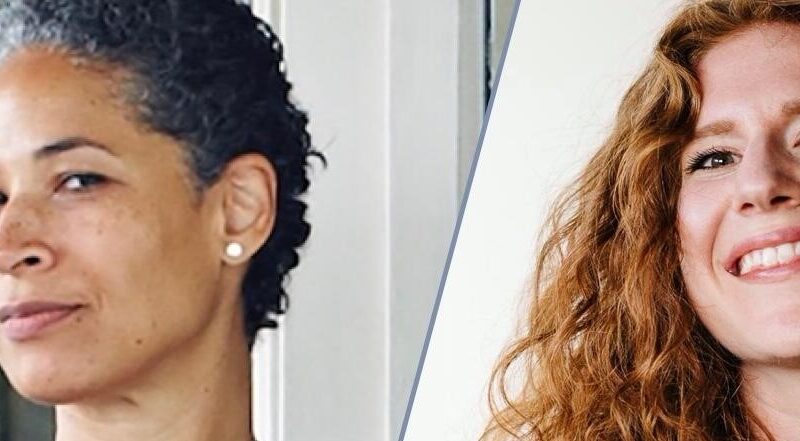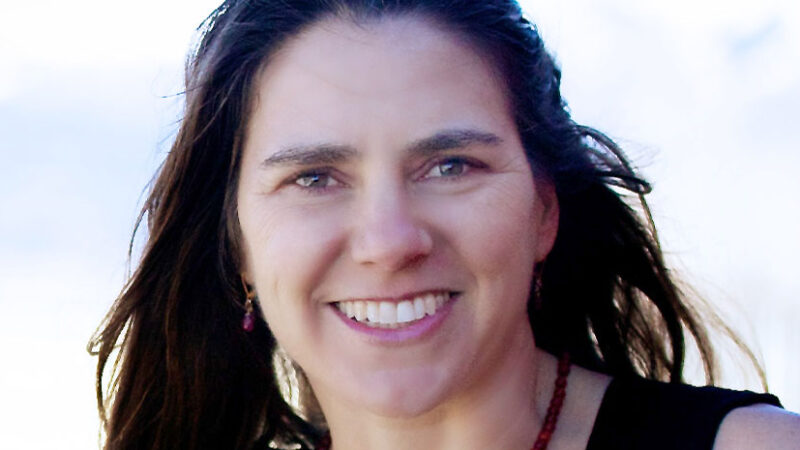Sharon Salzberg, a student of Buddhism since 1971, has been leading meditation retreats worldwide since 1974. Influenced by her more than 25 years of study with Burmese, Indian, and Tibetan teachers, she teaches intensive awareness practice (vipassana or insight meditation) and the profound cultivation of lovingkindness and compassion (the Brahma Viharas). She is a cofounder of the Insight Meditation Society and the Barre Center for Buddhist Studies, both in Massachusetts. She is the author of books including The Kindness Handbook, Lovingkindness, A Heart as Wide as the World, and, most recently, Real Change. She has also authored several Sounds True audio programs including Insight Meditation (with Joseph Goldstein), Room to Breathe, and Lovingkindness Meditation.
In this podcast, Sharon Salzberg joins Sounds True’s founder, Tami Simon, to discuss her recent book, Real Change: Mindfulness to Heal Ourselves and the World—and how you can begin to bring the core of your being into your work, your community, and your life. Sharon and Tami also discuss how contemplative practices can open the heart, agency and reclaiming your power to effect change, the empowering symbol of the Statue of Liberty, transforming anger into courage, determining the next step you can take when you’re uncertain, patience, faith as the act of giving over your heart, generosity and how you end up with more through giving, moving from grief to resilience, suffering and the First Noble Truth, the role of joy on the path, living by the truth of interconnection, caring to know as the first step in making a difference, and a sneak preview of Sharon’s forthcoming book, Real Life.




